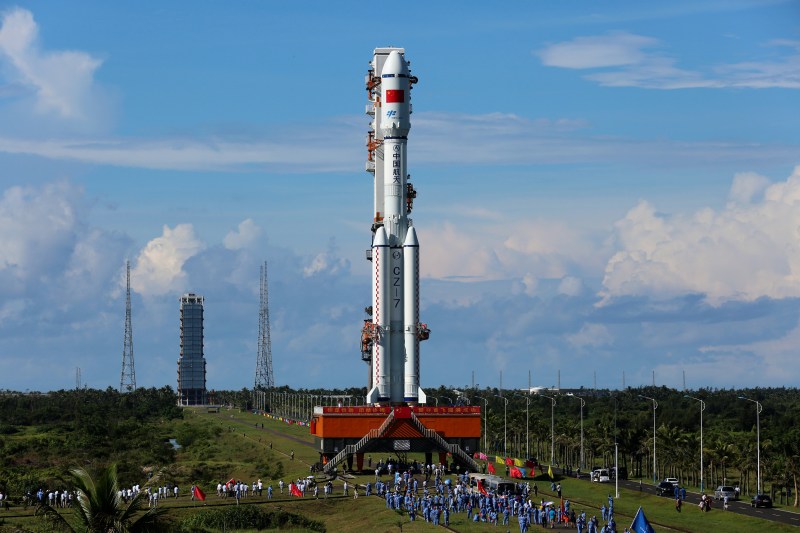Featured image credit: Xinhua News
Lift Off Time | January 17, 2022 – 02:35 UTC | 10:35 BJT |
|---|---|
Mission Name | Shiyan 13 |
Launch Provider | China Aerospace Science Corporation (CASC) |
Customer | China Association for Science and Technology |
Rocket | Long March 2D |
Launch Location | LC-9, Taiyuan Satellite Launch Center, China |
Payload mass | Unknown |
Where did the satellite go? | 468 x 493 km low-Earth orbit at 97.44° |
Did they attempt to recover the first stage? | No, the Long March 2D is not capable of booster recovery |
Where did the first stage land? | It crashed into the ocean |
Did they attempt to recover the fairings? | No, the Long March 2D is not capable of fairing recovery |
Were these fairings new? | Yes |
This was the: | – 58th launch of the Long March 2D – 4th orbital launch attempt of 2022 |
Where to watch | In the unlikely event of a replay, it’ll be listed here |
What’s This All Mean?
The China Aerospace Science Corporation (CASC) successfully launched the Shiyan 13 technology pathfinder satellite. The satellite was successfully placed into a low-Earth orbit after launching from Taiyuan Satellite Launch Center in China.
Shiyan 13 Satellite
Like a large number of Chinese missions, limited information is available on the Shiyan 13 satellite. This mission is a follow up to the Shiyan-9, Shiyan-11, and Shiyan 12 payloads.
Each spacecraft has a mass of ~3 tonnes (~6,600 lb) and are labeled as technology demonstration satellites. They were developed by the China Association for Science and Technology (CAST).
What Is The Long March 2D?
The Long March 2D (also known as the Chang Zheng 2D, CZ-2D and LM-2D), is a two-stage rocket, predominantly used for launching satellites to low-Earth orbit (LEO) and Sun-synchronous-orbit (SSO). The Long March 2D is a two-stage version of the Long March 4, and is the smallest of all the active Long March rocket series.
The rocket’s maiden flight was on August 9, 1992, and it has since had a near perfect launch history, with the only incident being a partial failure on December 28, 2016.

First Stage
The first stage is 27.91 m in length, and uses four YF-21C engines. YF-21C is the name given to the engine when it is part of a module comprised of four YF-20C engines. The engines burn dinitrogen tetroxide (N2O4) and unsymmetrical dimethylhydrazine (UDMH) in a gas generator cycle. Each engine produces 731 kN of thrust at sea level, with a specific impulse (ISP) of 259 seconds. In vacuum this is 816 kN of thrust with an ISP of 289 seconds.
Second Stage
The second stage is 10.9 m in length, and uses one YF-24C engine, which similarly to the first stage engines, burns dinitrogen tetroxide (N2O4) and unsymmetrical dimethylhydrazine (UDMH) in a gas generator cycle. The name YF-24C means it is part of a module comprising a YF-22 engine and a YF-23 vernier.





